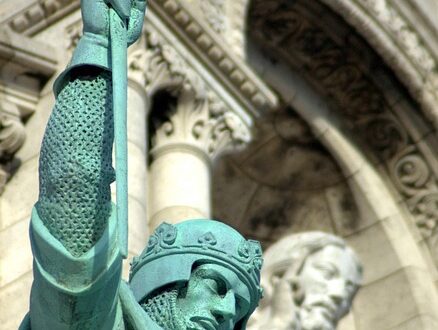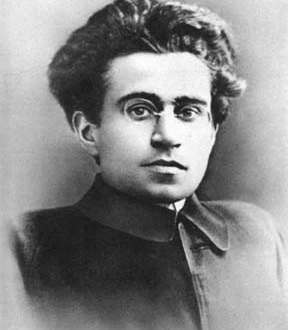The Jamestown Company was a joint-stock company that received a charter from King James I in 1606 to establish settlements in the New World. 1607, the company launched the Jamestown Colony in Virginia, the first permanent English settlement in North America. However, the colony was initially settled by men only, which became a significant problem. To address this issue, the Virginia Company of London, which had funded the expedition, launched a program in 1619 to send young, single women from England to Jamestown to marry male colonists already established there.
These women, known as the Jamestown Brides or Tobacco Brides, were given dowries by the Virginia Company and sent to the colony. The program was initiated by Sir Edwin Sandys, one of the founders of the Virginia Company, to stop men from deserting the settlement and provide stability, harmony, and a sense of community.
The women themselves had their own reasons for making the journey. The program was a success, and many women went on to marry and start families in the colony. The program was still in effect in 1623, although it is still being determined how many women arrived that year. It was concluded when King James I of England revoked the Virginia Company’s charter and took direct control of the colony.
The Jamestown Brides program was a significant event in the history of early American settlements, as it helped to establish a sense of community and stability in the colony. It also allowed young women in England to start a new life in the New World.
The Jamestown Brides program was not without its controversies, however. The claim that the Virginia Company “sold” women to the colonists has been repeatedly discredited. The Virginia Company charged the men 120-150 pounds of tobacco for a bride. Still, this charge was to defray travel costs and dowries supplied by the company for the women. The cost of tobacco was not a bride price, and men who could not afford the expense were allowed to pay back what they could when they had the means.
Planting the Seeds of Necessity:
The Jamestown Colony’s initial years were marked by hardship and high mortality rates. Disease, starvation, and conflict with the indigenous Powhatan people took their toll, particularly on the male population. By 1619, the colony’s gender imbalance was severe, threatening its long-term viability. The Virginia Company, facing bankruptcy and public scrutiny, saw the bride program as a solution. They advertised for young, unmarried women, promising them transportation, land, and a husband.
Motivations and Expectations:
The women who responded to the call came from diverse backgrounds, driven by various motivations. Some sought escape from poverty or social restrictions in England. Others were lured by the prospect of adventure and a fresh start in the New World. Regardless of their reasons, they faced a risky journey across the Atlantic, arriving in a colony struggling to survive.
Beyond the Stereotype of “Tobacco Wives”:
The popular narrative often portrays Jamestown brides as commodities traded for their reproductive potential and labor in exchange for a husband. However, this simplistic view overlooks the complex realities of their lives.
- Not Just Wives: While marriage was central to the program, the women played vital roles beyond childbearing. They farmed, cooked, managed households, and provided essential healthcare. Their skills and resilience were crucial for the colony’s survival.
- Agency and Choice: Although the program offered limited options, the women were not passive participants. Some negotiated marriage terms, pursued independent livelihoods, and challenged the colony’s norms.
Challenges and Transformations:
Life in Jamestown was far from easy. The women faced the harsh realities of a frontier environment, including disease, food scarcity, and violence. They also navigated the complexities of a new social order, where gender roles were often fluid and contested. Despite these challenges, many women adapted and thrived, forging new identities and contributing to the colony’s development.
Beyond the Bride Program:
The arrival of the Jamestown brides marked a turning point in the colony’s history. It began a family formation and community-building process that laid the foundation for future generations. The children of these unions formed the first American-born generations, contributing to the colony’s cultural identity and social fabric.
A Legacy of Controversy and Complexity:
The Jamestown bride program remains a subject of debate. Some view it as a form of indentured servitude, exploiting women for the colony’s benefit. Others see it as a necessary measure that helped the colony survive and laid the groundwork for American family life. Regardless of interpretation, the program’s historical significance is undeniable. It offers a window into the challenges and triumphs of early colonial life.





